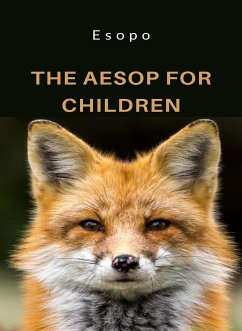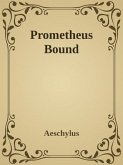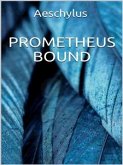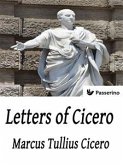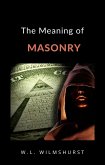- This edition is unique;
- The translation is completely original and was carried out for the Ale. Mar. SAS;
- All rights reserved.
Aesop for Children is a fully illustrated collection of 147 of the best-loved fables by Aesop, a slave and storyteller who is believed to have lived in ancient Greece between 620 and 564 BC. The illustrations were done by Milo Winter and this edition was first published in 1919. The fables were not recorded in writing until centuries after Aesop's death and, although they were originally intended for adults, from the time of the Renaissance they began to be used for the education of children. In ancient history books one can only find scattered details about the storyteller, but the fables he told continue to be used to this day. The fables include tales such as The boys and the frogs; The ants and the grasshopper; A crow and a swan; The monkey and the camel; The boar and the fox; The donkey, the fox and the lion; The birds, the beasts, and the bat; The lion, the bear and the fox; The wolf and the lamb; The wolf and the sheep; The hares and the frogs; The fox and the stork; The travellers and the sea; The wolf and the lion; The deer and its reflection; The peacock; The mice and the weasels; The wolf and the skinny dog and many more.
- The translation is completely original and was carried out for the Ale. Mar. SAS;
- All rights reserved.
Aesop for Children is a fully illustrated collection of 147 of the best-loved fables by Aesop, a slave and storyteller who is believed to have lived in ancient Greece between 620 and 564 BC. The illustrations were done by Milo Winter and this edition was first published in 1919. The fables were not recorded in writing until centuries after Aesop's death and, although they were originally intended for adults, from the time of the Renaissance they began to be used for the education of children. In ancient history books one can only find scattered details about the storyteller, but the fables he told continue to be used to this day. The fables include tales such as The boys and the frogs; The ants and the grasshopper; A crow and a swan; The monkey and the camel; The boar and the fox; The donkey, the fox and the lion; The birds, the beasts, and the bat; The lion, the bear and the fox; The wolf and the lamb; The wolf and the sheep; The hares and the frogs; The fox and the stork; The travellers and the sea; The wolf and the lion; The deer and its reflection; The peacock; The mice and the weasels; The wolf and the skinny dog and many more.

